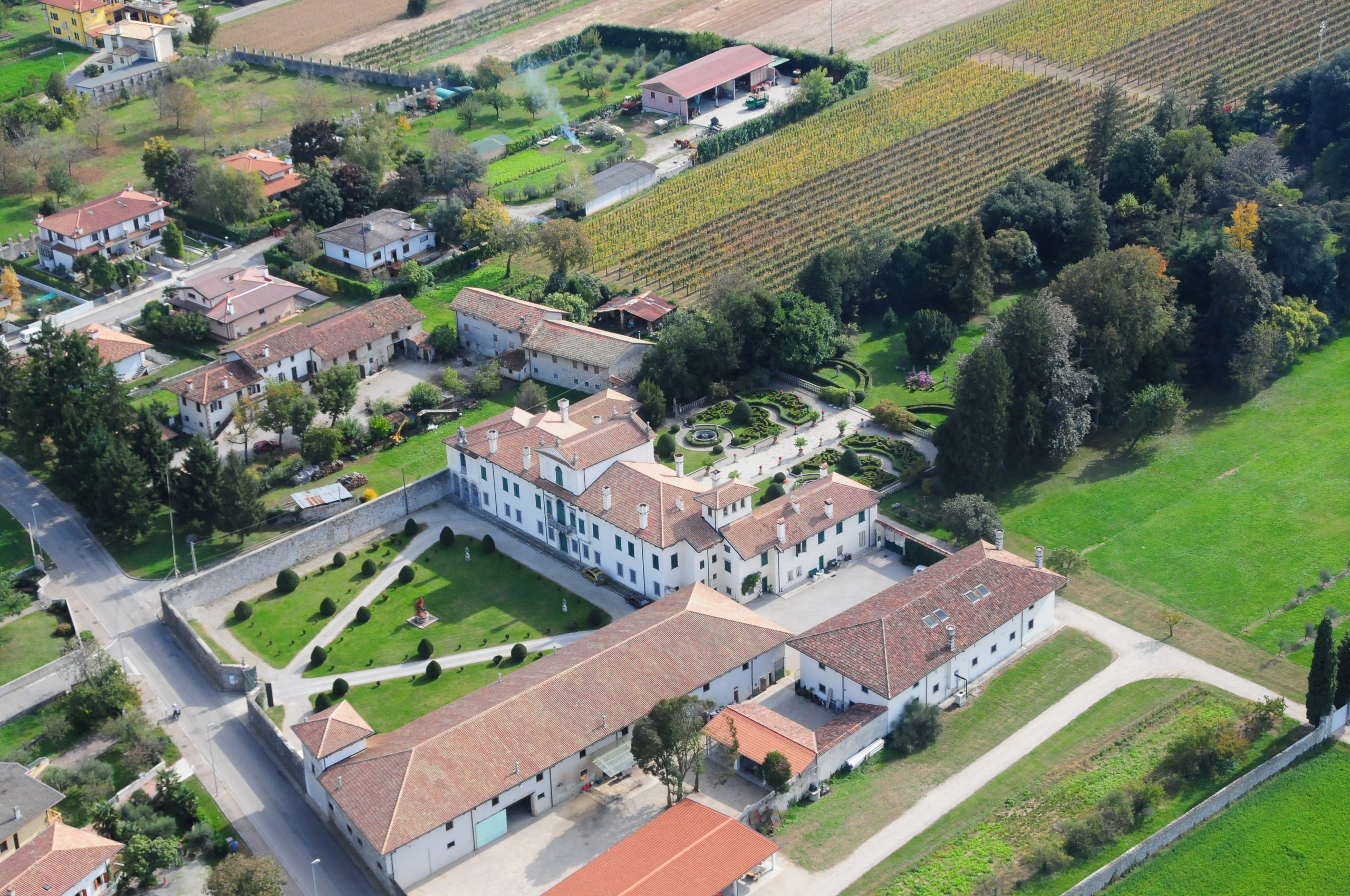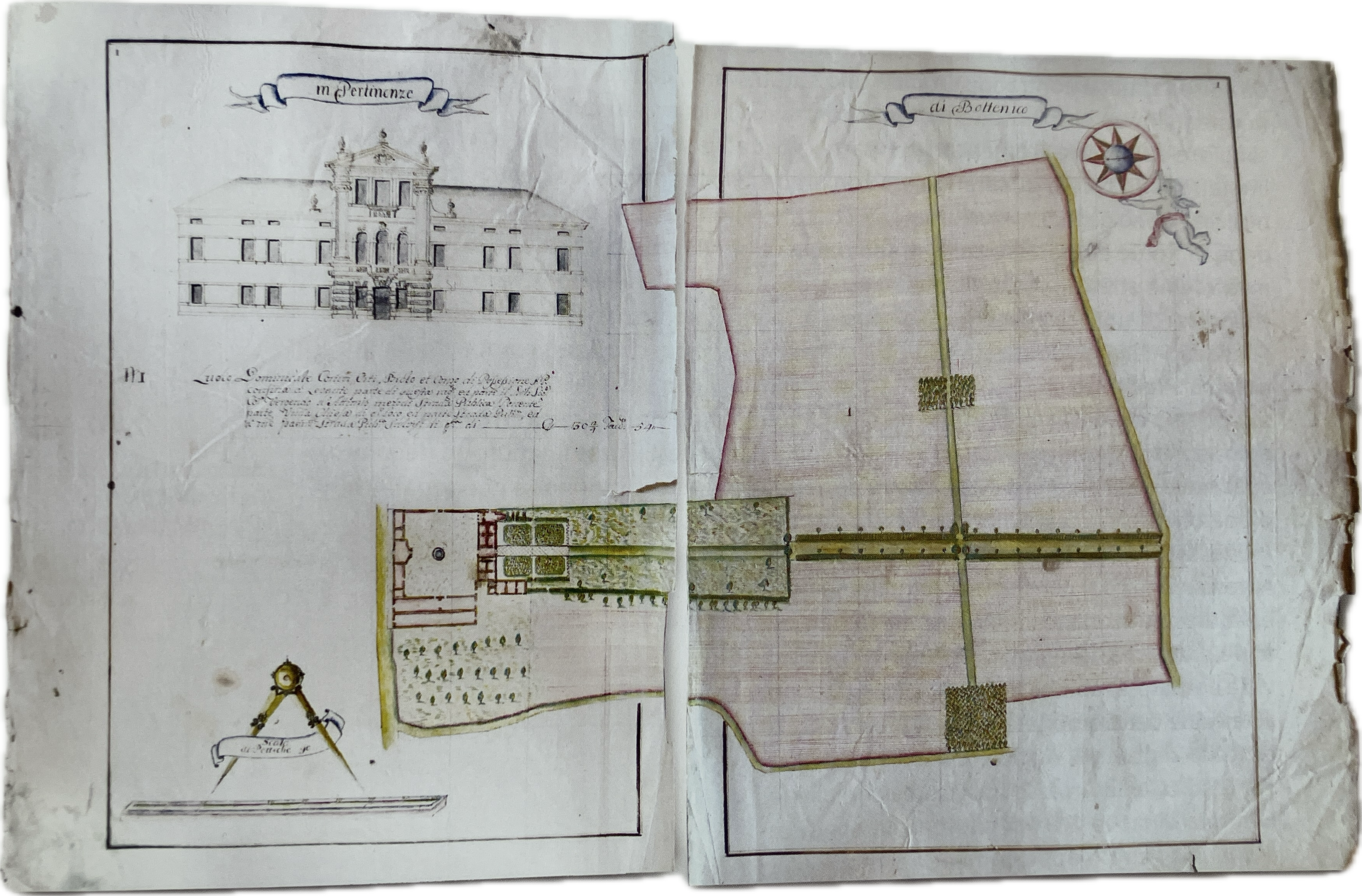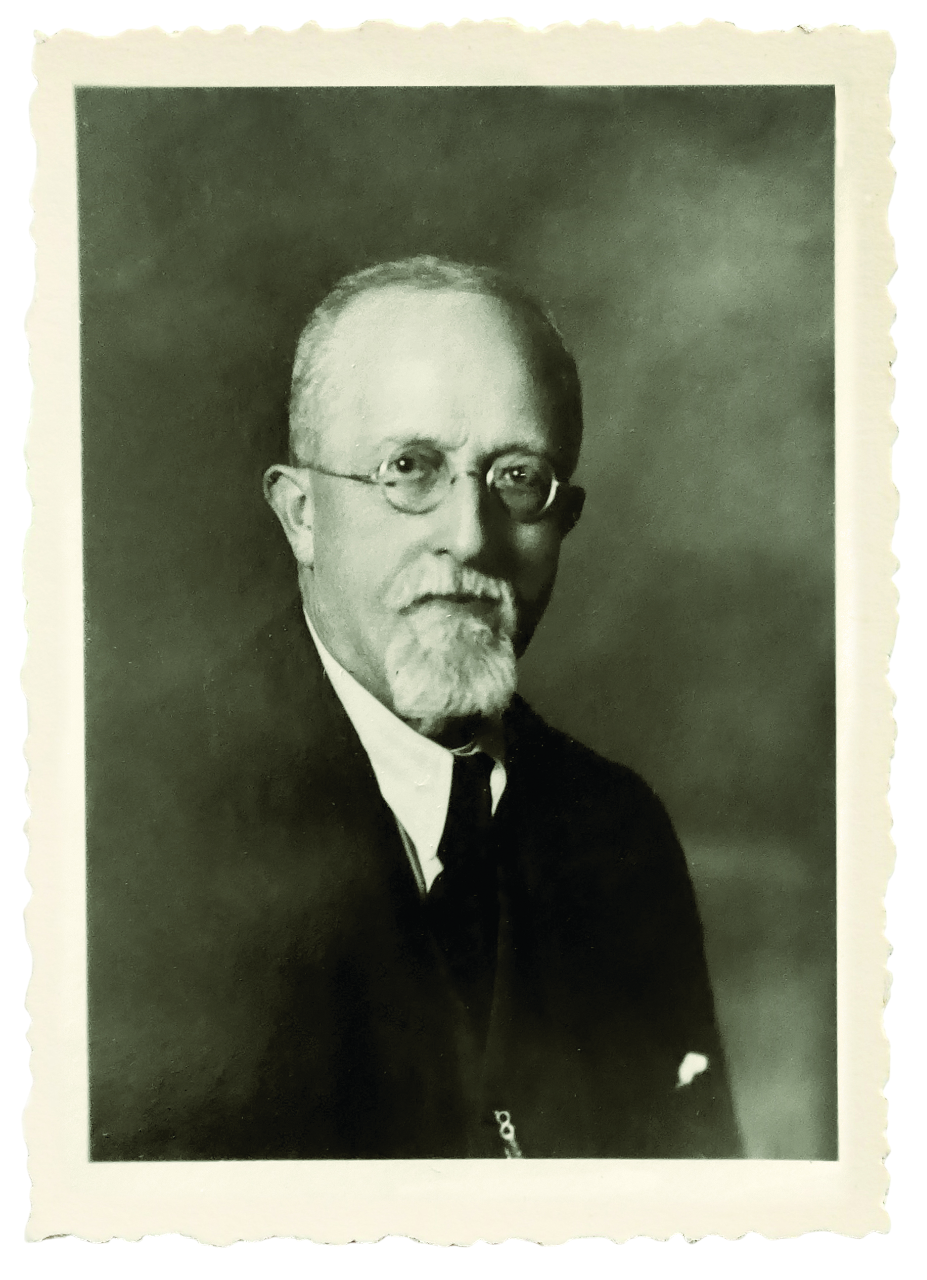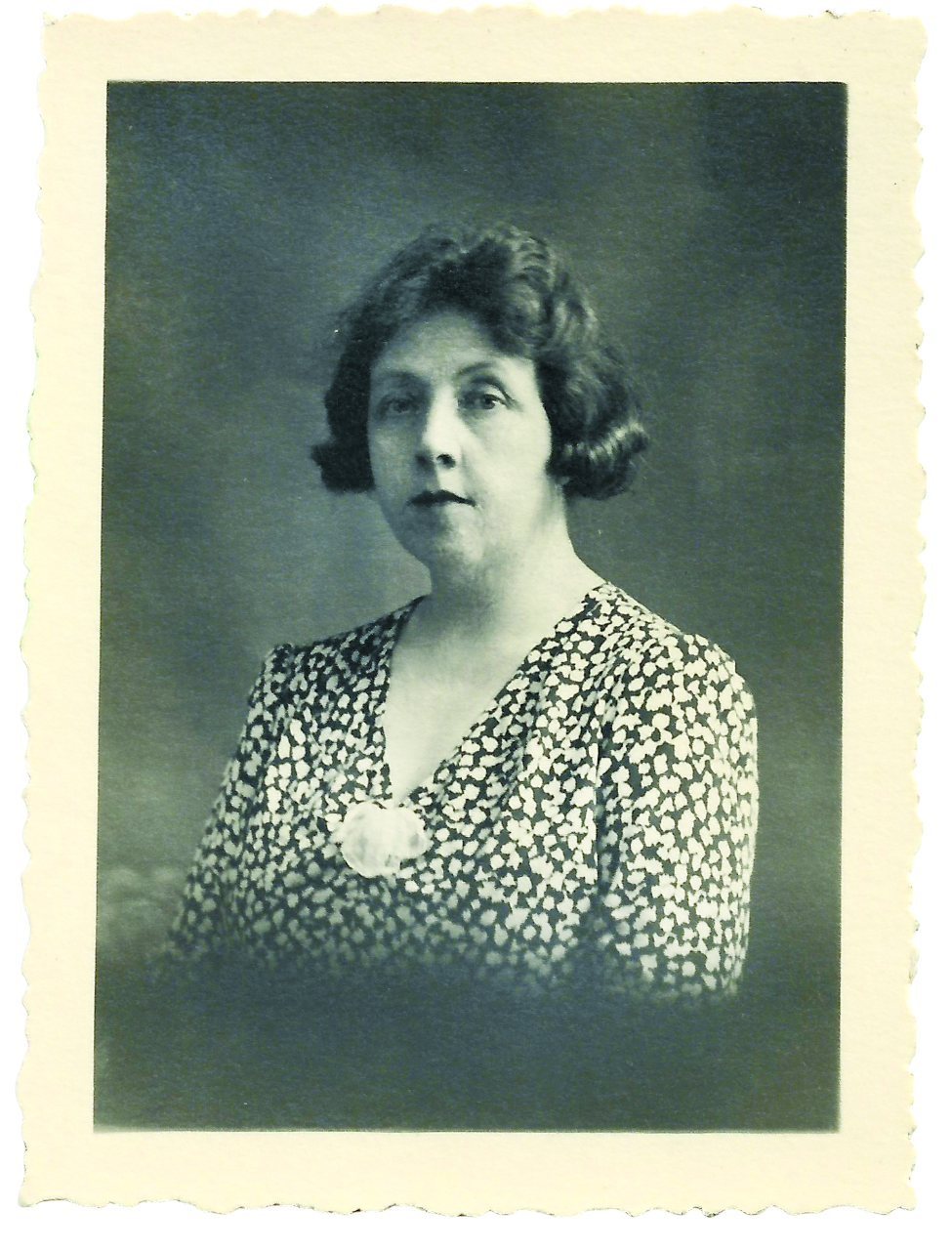De Claricini Dornpacher Gardens

A historical and scenic jewel
Villa de Claricini Dornpacher, the country residence of the noble De Claricini Dornpacher family, is located in Bottenicco di Moimacco, a small rural village near Cividale del Friuli. Completed in 1697 on commission by Francesco de Claricini, the villa soon became a symbol of the family’s social and economic prestige. It was not only a country residence, but also the heart of the family’s agricultural and productive organisation in the Cividale area.
The charm of the gardens and the landscape
The recent restoration has exalted the extraordinary variety of the villa’s green spaces, articulated in different areas of great charm. The square courtyard and the Italian-style garden represent two refined examples of formal gardens, characterised by an order and elegance that contrast harmoniously with the spontaneity of the large English garden, also known as the villa park.
This park is integrated with the orchard, reinterpreting the traditional function of the brolo through a composition of fruit trees, ancient shrubs, olive trees and a permanent lawn. Of particular interest is also the giardino dei semplici, the botanical garden dedicated to the cultivation of medicinal and aromatic plants.
To complete the picture, the striking cypress avenue runs through the vineyards, establishing an indissoluble link between the villa and the surrounding landscape. The ensemble of these elements constitutes an ornamental plant ensemble that reflects the long Venetian tradition of shaping the environment, by which the nobility exercised its dominion over the countryside through the art of greenery and landscape architecture.
A documented and evolving heritage
From its origins, the villa’s gardens and park have blended harmoniously with the surrounding rural landscape. A cadastre dated 1757 documents access to the villa to the north, via the square courtyard with central well, and to the south, via the secret garden, with a stone path that continued through the brolo to the cypress avenue until the 19th century. This symbolic path united residence and productive spaces, in a perfect harmony between architecture and landscape.

Like many Friulian villas, the name of the architect who designed the residence is unknown, as is the exact chronology of its transformations. The earliest evidence dates back to the second half of the 17th century, when Giacomo Ermanno Claricini notes in his account book (1655-1677) a rent in Bottenicco, part of which was paid in wine. This attests to the villa’s central role in the family’s vast estates in Moimacco, Rubignacco and Grupignano.
One of the most active members of the family, Nicolò de Claricini invested time and resources in the arrangement of the villa. Although he lived in Padua, he supervised the work from 1908 to 1910 under the guidance of engineer Ernesto De Paciani. After a pause due to the First World War, work resumed in the 1920s and 1930s, with a focus on the gardens, led by Count Nicolò and his daughter Giuditta, known as Itta.


The contribution of Giuditta de Claricini
When her father died in 1946, Giuditta inherited the villa and was determined to safeguard the family heritage. In 1952, she had the Bottenicco complex included in the Catalog of Venetian Villas., thanks to a historical record compiled by Carlo Someda de Marco, director of the Civic Museum of Udine.
In 1961, Giuditta obtained the protection bond for the villa and, after a long battle, also for the gardens, park, brolo and outbuildings in 1996. This cultural victory, today taken for granted, was the result of a struggle that Giuditta led against the prejudices of the time, demonstrating extraordinary resourcefulness.
Thanks to her efforts, Villa de Claricini Dornpacher is today a jewel that testifies to the harmony between architecture, landscape and history.
